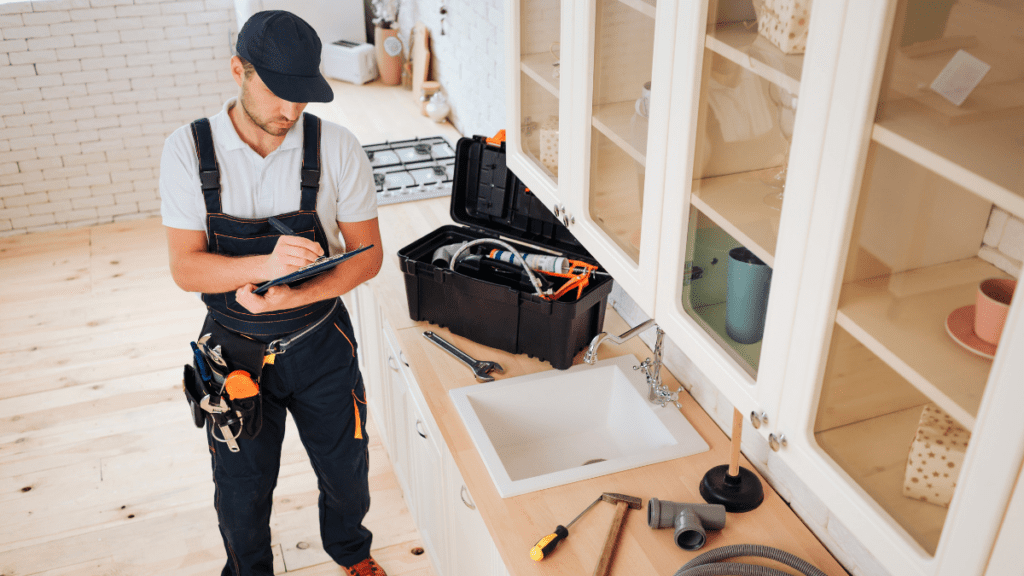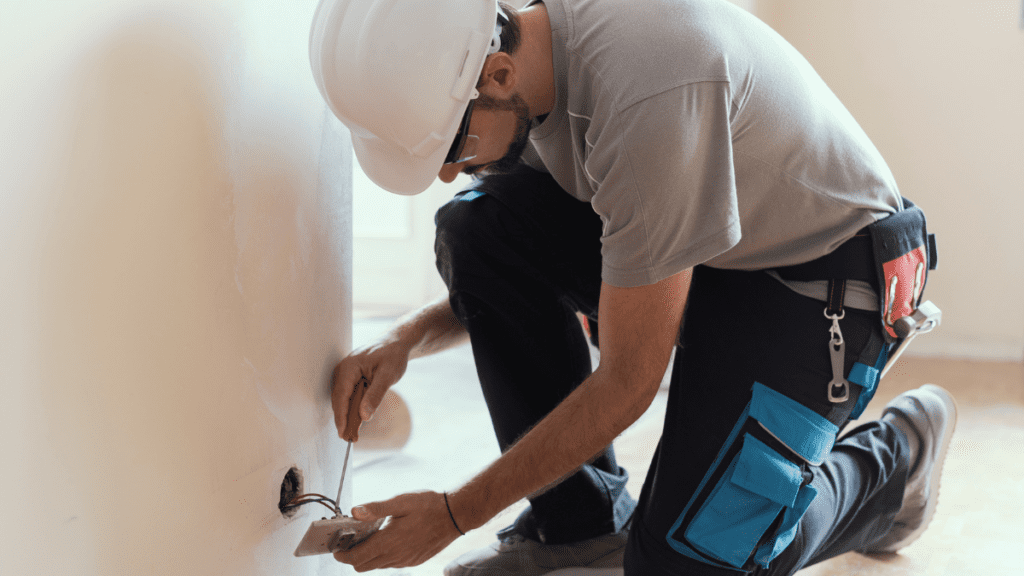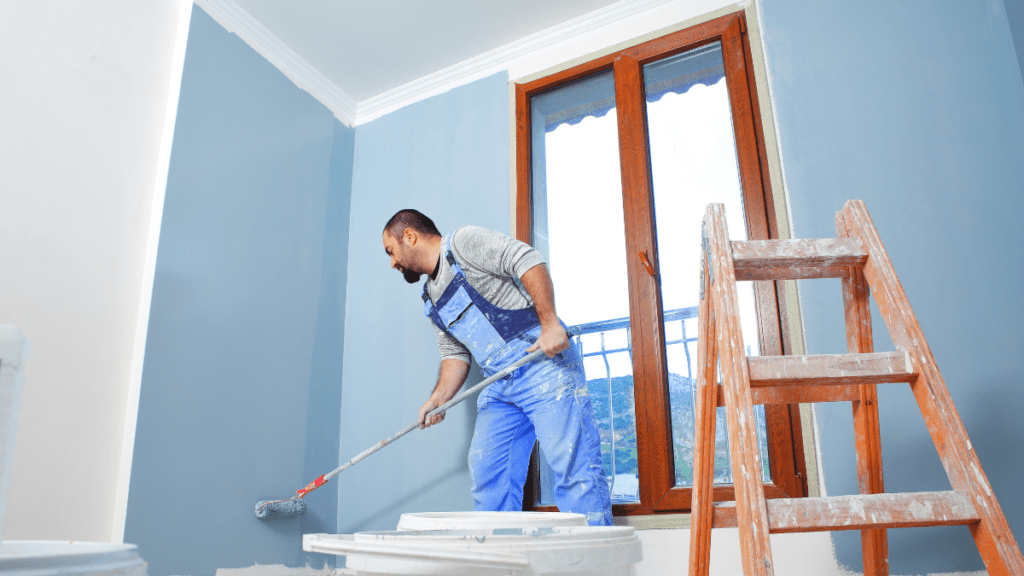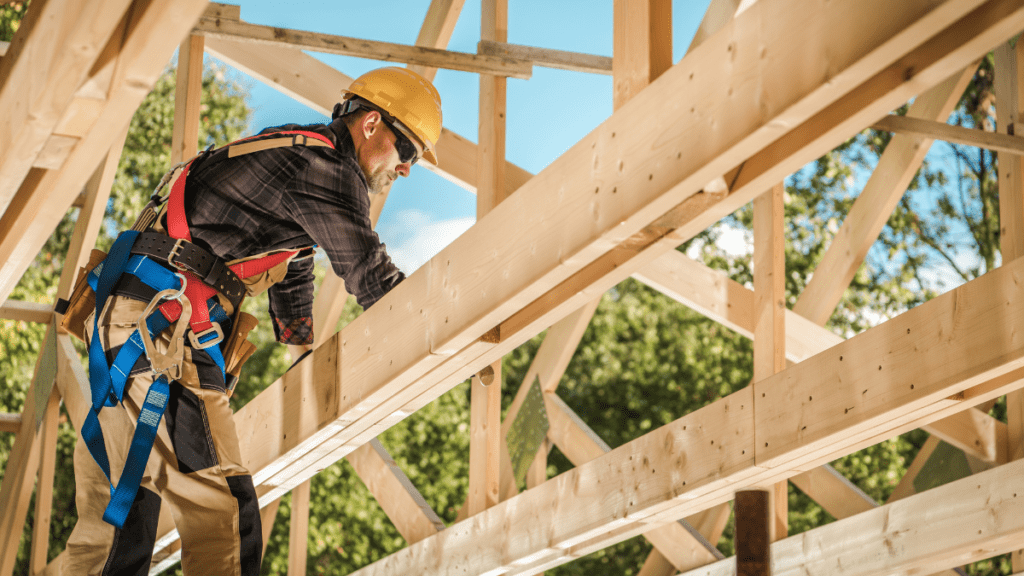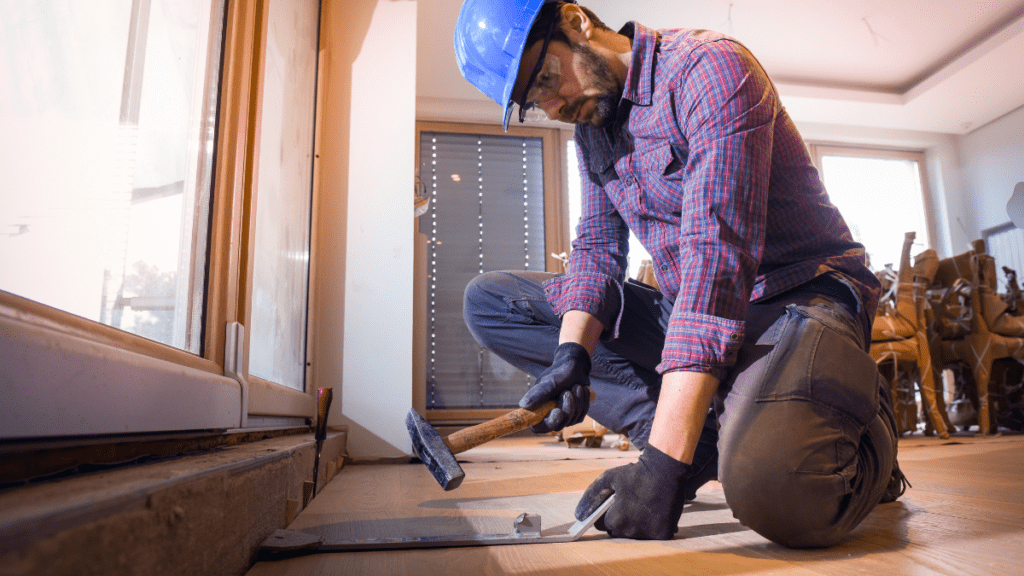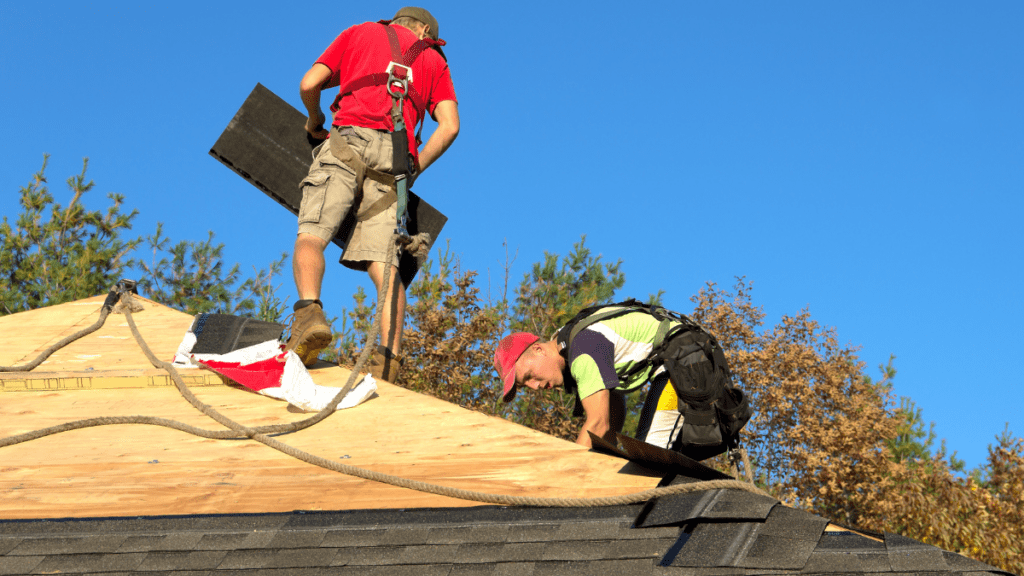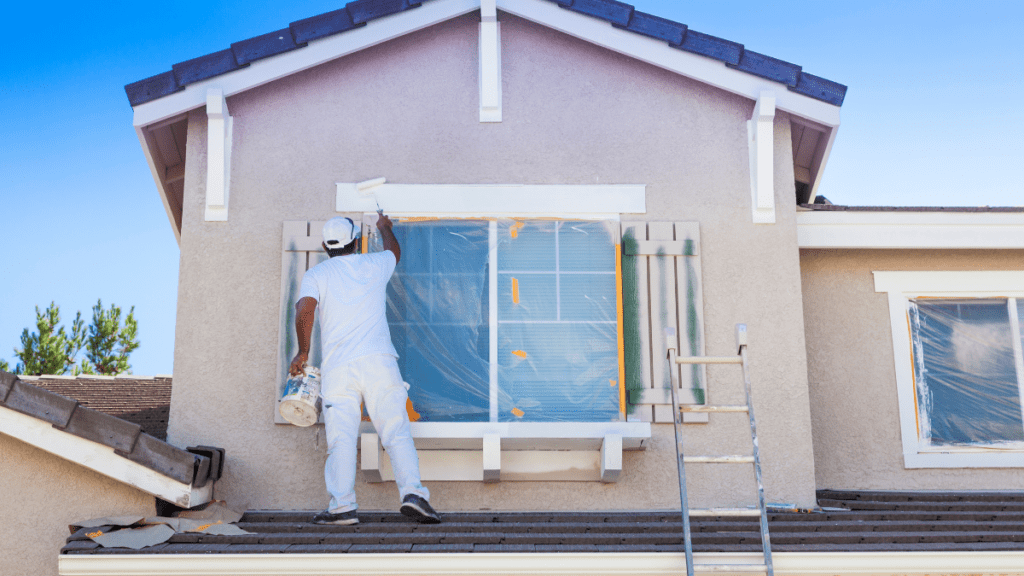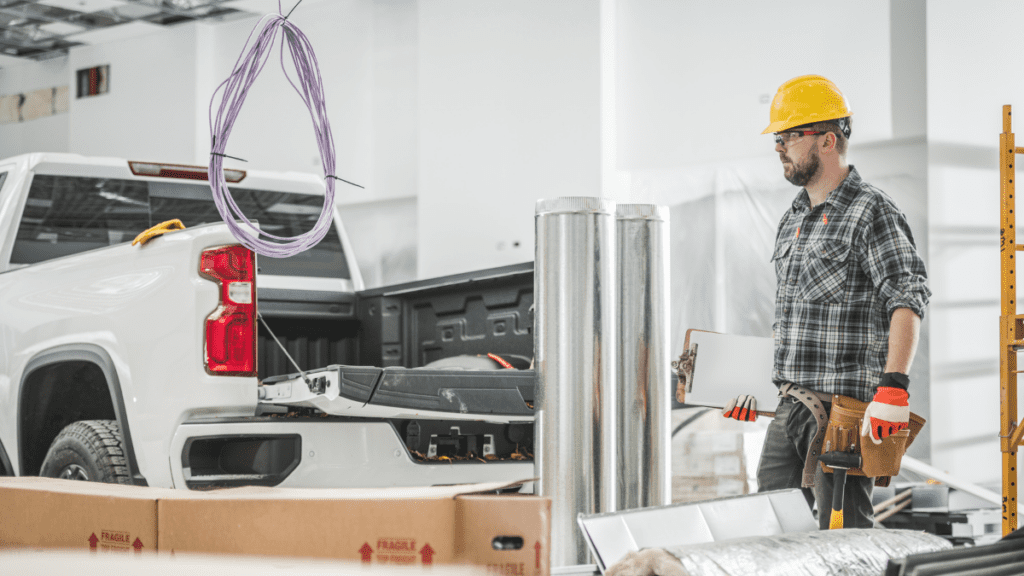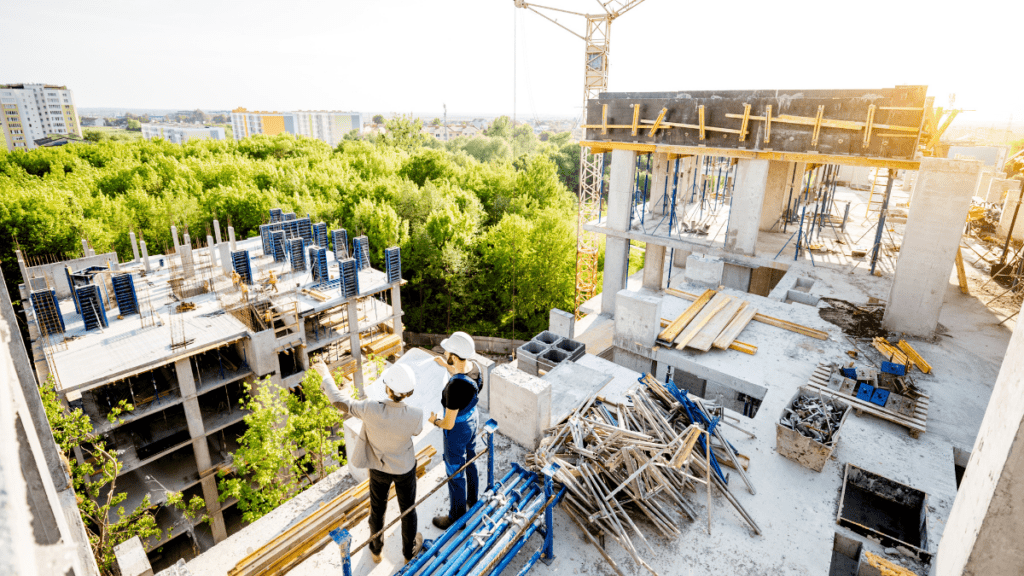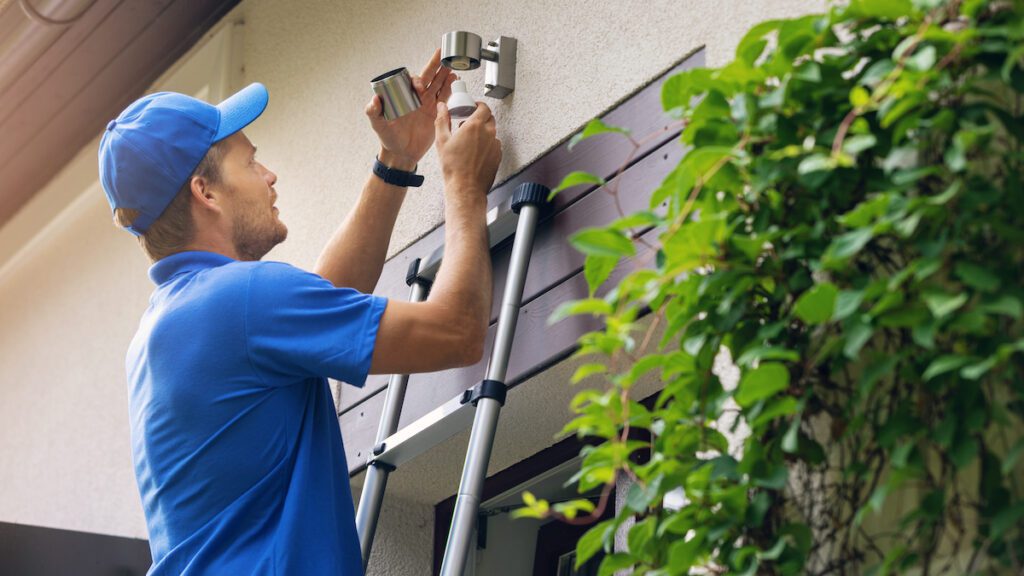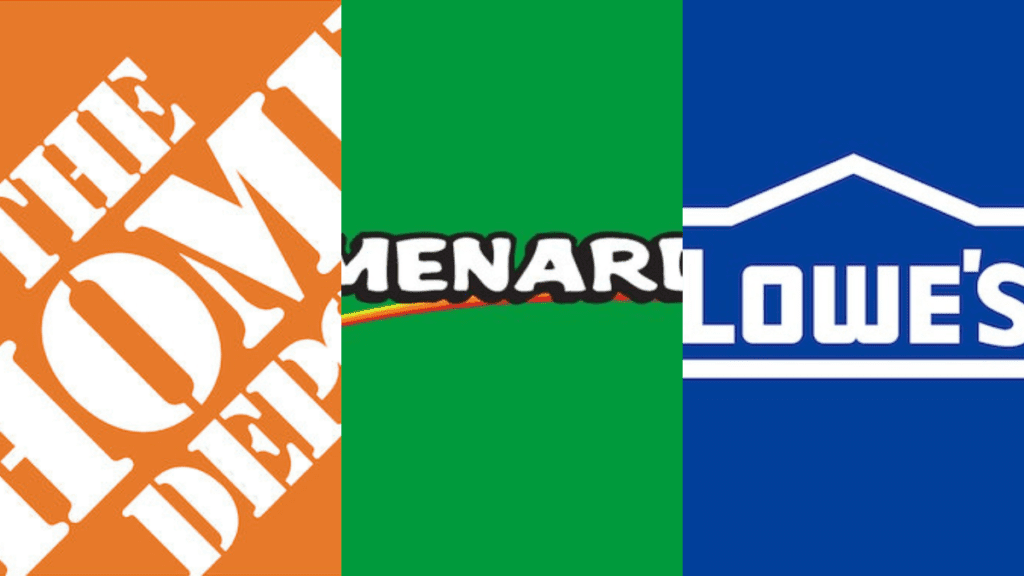Last Updated: April 2024

Completing a remodel project for a rental property can significantly enhance the property’s value, broaden its appeal to potential renters, and increase rental income. It’s a strategic approach to meet the evolving needs of tenants and keep pace with market trends. Thoughtfully planned and executed remodeling can transform a rental property into a more functional, attractive, and profitable investment.
Benefits of Remodeling
Remodeling a rental property involves making substantial changes to the property’s structure or layout, aiming to improve its functionality, aesthetics, and market appeal. This process, while involving significant upfront construction costs, can have profound implications on the property’s performance in the rental market and its overall long-term investment potential.
Significant Increase in Property Value
By making substantial changes to the property’s structure or layout, remodeling can significantly enhance the property’s market value. This can boost the selling price if the landlord decides to sell the property in the future.
Higher Rental Rates
Remodeling can drastically improve the functionality and aesthetics of a property, allowing landlords to charge higher rents. Potential tenants are often willing to pay more for properties with additional rooms, open floor plans, modern kitchens, or other significant improvements.
Expanded Tenant Market
By adding additional bedrooms or bathrooms, or creating a more modern layout, remodeling can make the property more appealing to a broader range of potential tenants, including larger families or higher income tenants.
Long-Term Investment Potential
A well-executed remodel can extend the useful life of the property and its components, potentially reducing long-term maintenance costs. While remodeling involves a significant upfront cost, it can be a beneficial long-term investment when executed strategically.
20 Examples of Rental Property Remodeling
Rental property remodels can be costly construction endeavors, since they involve changing the structure or layout of a property. The significant time and capital investment required to complete a remodel, requires investors to carefully choose which projects are most worthwhile to take on. Below is a list of 20 examples of remodeling projects specifically tailored for rental properties:
- Basement Conversion: Transform an underused basement into a living space, such as a separate apartment for additional rental income.
- Add a Bathroom: In properties with only one bathroom, adding another can significantly increase rental value and attract a wider range of tenants.
- Kitchen Expansion: Enlarging a cramped kitchen or creating an open concept can make the space more appealing and functional.
- Add a Bedroom: Convert unused spaces or large rooms into additional bedrooms to attract more tenants and increase rental income.
- Attic Conversion: Transform the attic into a bedroom or office space, increasing the property’s usable square footage.
- Adding a Deck or Patio: Increase the outdoor living space, making the property more appealing especially in regions with good weather.
- Adding a Second Story: This can double the living space of a single-story property, offering opportunities for more rooms or rental units.
- Building a Detached Garage or Shed: This offers tenants additional storage space or parking, enhancing property value.
- Converting a Half-Bath to a Full Bath: This can make the property more attractive to larger families or groups of roommates.
- Creating an Open Floor Plan: Remove non-structural walls to create an open, spacious feel, which is a popular trend in modern homes.
- Converting a Closet to a Laundry Area: In-unit laundry facilities are highly sought after in rental properties.
- Adding a Room: Like an office, a sunroom, or an extra bedroom, for increased square footage and functionality.
- Creating a Master Suite: A property with a master suite can attract higher-paying tenants.
- Building a Covered Porch: Enhances the property’s curb appeal and provides an additional relaxing space for tenants.
- Creating an In-law Suite: Can provide a separate rental unit within the property for increased income.
- Reconfiguring a Floor Plan: Create a more functional and appealing layout for prospective tenants.
- Adding Dormer Windows: Increase natural light and add character to the property, making it more attractive to renters.
- Expanding a Bathroom: Make a small bathroom more comfortable and functional by adding square footage.
- Creating a Separate Dining Area: Make the property more appealing to families who require more formal eating spaces.
- Building a Mudroom: This feature is especially appealing in colder climates, where tenants need a place to remove and store winter clothing and gear.
Remodeling Products and Materials
Building Products
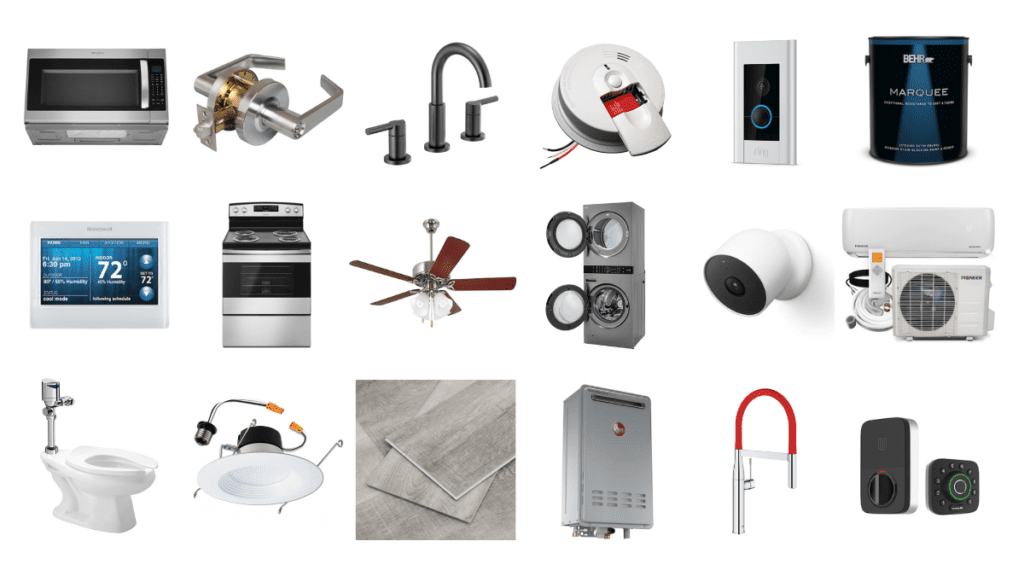
The process of remodeling a rental property is a journey of transformation, where every choice of building product can impact the property’s future functionality, appeal, and market position. It requires careful selection and integration of various building products that contribute not only to the structural changes but also to the new aesthetic identity of the property.
Building Materials
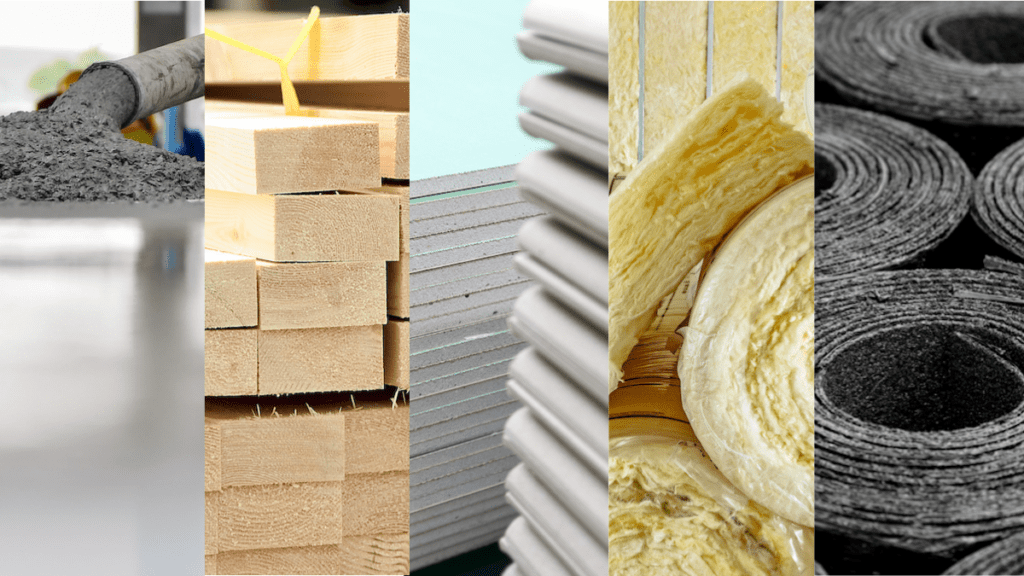


When remodeling a rental property, each building material element, be it visible or structural, carries significant weight in reshaping the property’s final outcome. Building material selection not only impacts the immediate remodeling results, but also influences long-term aspects such as property maintenance, energy efficiency, and compliance with building codes.
Remodeling vs Renovating
Remodeling and renovating a rental property are two distinct construction processes, each with its own approach and objectives. While remodeling involves substantial structural changes, renovating focuses on restoring or updating existing elements.Recognizing their differences is an important prerequisite to making informed decisions about property improvements.
| Renovating | Remodeling | |
|---|---|---|
| Definition | Renovation involves restoring, updating, or repairing existing elements of the property. | Remodeling entails making significant changes to the property’s structure or layout. |
| Scale and Cost | Renovations are usually smaller in scale and less costly as they don’t typically involve major structural changes. | Remodeling projects are larger, more complex, and tend to be more expensive due to their scope. |
| Time Frame | Renovations often take less time than remodeling due to the smaller scale of work. | Remodeling can be a lengthier process due to the extent of the changes involved. |
| Property Impact | Renovations primarily maintain or slightly increase the property’s value and appeal. | Remodeling can drastically enhance the property’s value, appeal, and rental income potential. |
The #1 Rental Property Newsletter
Once a month, we send out an exclusive Rental Property Market Update with top stories, current mortgage rates, building products, and more. No spam and unsubscribe anytime.


Hiring Contractors and Pros for Rental Property Remodeling
Before you set off to hire a contractor or tradesperson for your rental property remodel, it is a good idea to have an understanding of the hiring process, to set realistic expectations and ensures smooth job completion. Our guides below dive into what to expect and best practices when hiring for your rental property remodel:
Rental Property Remodeling FAQ
Rental Property Remodeling Definition
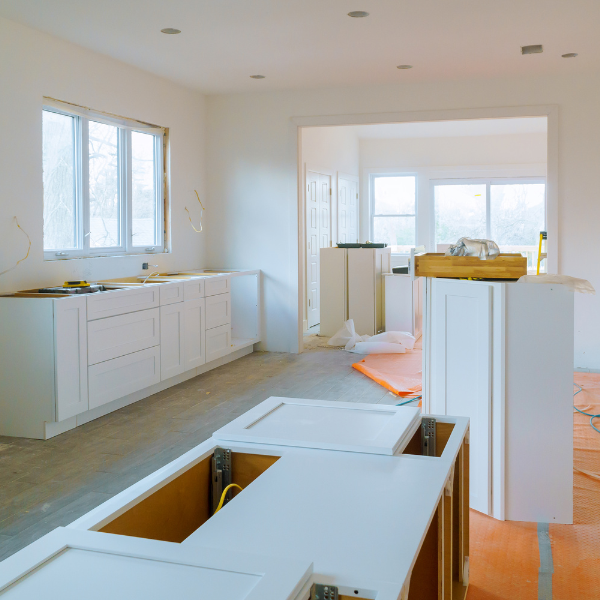

Rental property remodeling pertains to the process of making significant changes to the existing structure or layout of a rental property. This could involve activities like adding or removing walls, changing the floor plan, or adding new rooms or features to the property.
What Remodeling Projects Offer the Best Return on Investment (ROI) for Rental Properties?
The best remodel projects for rental properties often involve significant structural or functional changes that drastically improve the property’s appeal, functionality, or size. These changes should align with current market trends and the desires of potential tenants. Careful cost management and quality work can yield a substantial increase in rental income and property value, ensuring a good return on investment. The top three remodel projects that typically offer the best ROI are:
Adding Rentable Square Footage
This can be through a room addition, attic conversion, or basement finishing. Extra living space can significantly increase rental income.
Kitchen Remodel
A complete kitchen remodel, including an open concept design, modern appliances, and quality fixtures, can attract a wider range of tenants and command higher rent.
Adding a Bathroom or Bedroom
Increasing the number of bedrooms or bathrooms can make a property more appealing to more potential renters, in addition to an increase in rental income.
Search Rental Real Estate
Try searching out site for hundreds of rental property topics ranging from property management, investor tool reviews, investment research, and more.
Can a Landlord Remodel While Tenants Occupy?
Yes, a landlord can undertake remodeling projects while tenants occupy the property, but this should be done with great caution and communication. The tenants’ rights to quiet enjoyment of the property must be respected, which means minimizing disruptions and ensuring the property remains habitable throughout the project. It’s advisable to outline the process, timeline, and potential inconveniences in writing and have the tenant acknowledge this agreement. Moreover, some states or cities may have specific laws or regulations that govern remodeling or construction in tenant-occupied properties, so it’s essential to be familiar with local laws.
More Rental Property Construction Guides
About the Author


Ryan Nelson
I’m an investor, real estate developer, and property manager with hands-on experience in all types of real estate from single family homes up to hundreds of thousands of square feet of commercial real estate. RentalRealEstate is my mission to create the ultimate real estate investor platform for expert resources, reviews and tools. Learn more about my story.
Disclaimer: The information provided on this website does not, and is not intended to, constitute legal and/or financial advice. As such, all information, content, and materials available on this site are for general informational purposes only. Please review our Editorial Standards for more info.


